Its debut at the 2000 North American International Auto Show touched off a near-riot when Chrysler began handing out die cast models. And in its first few years on the market, the automaker could barely keep up with production. But shortly after the Independence Day break, a car once described as “too cool to categorize” will fade into oblivion, the last one set to roll down the line on July 9.
Exactly why the Chrysler PT Cruiser is going out of production is as much a matter of debate as the reasons for its early success, though there’s no arguing the fact that sales are a shadow of their one-time peak, when the Detroit maker could barely keep up with demand.
Short for Personal Transportation, the Cruiser was one of the first domestic models to fall into the nebulous crossover category. Even federal regulators had a hard time figuring out whether to call it a car or truck for safety and fuel economy standards. Smaller by a foot than the old Dodge Neon sedan, its high seating and large cargo compartment were part of the appeal, but there was also a sort of back-to-the-future element to the design, former Chrysler officials suggested.
“The styling gets you into the vehicle, but the utility keeps you there,” one-time PT Cruiser Marketing Manager Jay Kughie told TheDetroitBureau at the vehicle’s launch.
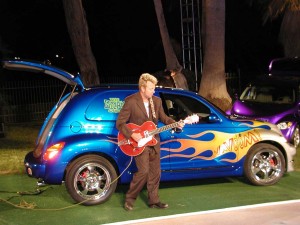
Celebs once competed to come up with a more striking version of the PT Cruiser, including rocker Brian Setzer.
The Cruiser fit into Chrysler’s turn-of-the-millennium strategy of offering highly polarizing cars, ones that either turned buyers off or, when they succeeded, turned on even more potential customers. Initially intended to appeal to two diverse audiences, nostalgic Baby Boomers and budget-minded first-time buyers, Chrysler failed to connect with the latter group but found Boomers lining up in droves.
At one time, “it was the best-selling Chrysler-brand vehicle,” analyst Jim Hall, of 2953 Analytics, told the Detroit Free Press’s Mark Phelan.
Production was pushed to the wall at the PT Cruiser assembly line, in Toluca, Mexico, and after some initial delays, capacity was added at a second factory in Belvedere, Illinois.
Those lucky enough to grab one of those original die cast models might recall that Chrysler originally intended to expand the PT Cruiser line-up with additional offerings, notably including a panel van variant with blocked out rear windows. Yet despite the initial success, over the years, the promised updates failed to appear – but for an awkward and ultimately unsuccessful convertible version and a Turbo model that otherwise offered little visual change.
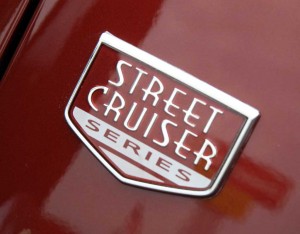
A PT Cruiser, even with a limited-edition badge, was pretty much the same as it was at its 2000 launch.
Chrysler tried to rebuild momentum, on a more or less regular basis, introducing one-offs like the Dream Cruise Edition, meant to commemorate Detroit’s annual Woodward Dream Cruise. But that and a variety of other “special editions” were little more than faux updates, making use of things like “wood” panel appliques and unusual interior colors.
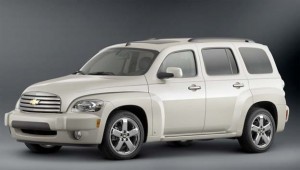
A PT Cruiser by any other name...? The Chevrolet HHR, an uncannily similar concept also pushed through by Bob Lutz.
Ironically, the man behind the original PT Cruiser proved there was more life in the concept after he left Chrysler, in 1998, and later joined General Motors as its “car czar.” A pet project of GM Vice Chairman Bob Lutz, the equally retro-styled Chevrolet HHR was little more than what a next-generation Cruiser might have looked like.
Chrysler insiders, speaking solely on background, offer a variety of explanations for why the maker didn’t do its own substantial update, especially when demand was still strong enough to justify the investment. Some senior planners apparently felt the original PT Cruiser was a one-time concept that simply couldn’t be replicated. Other sources suggest that while the crossover was developed by an independent Chrysler, the company’s new German bosses, after the takeover that created DaimlerChrysler, simply couldn’t relate to the concept.
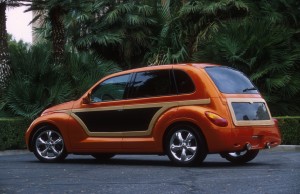 What’s clear is that by the time Daimler sold off the increasingly ailing Chrysler, the new owners at Cerberus Capital Management didn’t want to invest the time and cash into the project. If anything, they were stripping the carmaker down for a hoped-for sale.
What’s clear is that by the time Daimler sold off the increasingly ailing Chrysler, the new owners at Cerberus Capital Management didn’t want to invest the time and cash into the project. If anything, they were stripping the carmaker down for a hoped-for sale.
But despite planning to pull the PT Cruiser from production several times, they kept letting it live on while there was enough demand. Considering the overall decline in Chrysler sales, the company needed any product that could bring in at least some customers.
Over its decade-long life, the Cruiser certainly did that. Total sales came to more than 1.3 million, but by the time the last copy of the quirky hatchback rolls down the line early next month, less than 6,000 will have been sold this year.
Chrysler’s new owner, Italy’s Fiat, hopes to move on to some more contemporary models, including the upcoming Fiat 500, a minicar that has some retro tinges of its own. PT Cruiser, many forget, was a small car ahead of its time. But in an increasingly competitive market, it remains to be seen if any replacement will be able to match the Cruiser’s original success.

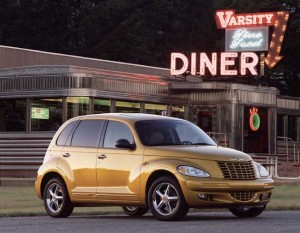

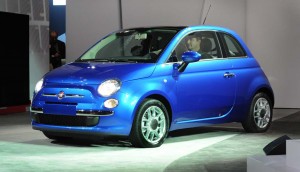
My son calls it “My favorite car shape!” whenever he sees one.